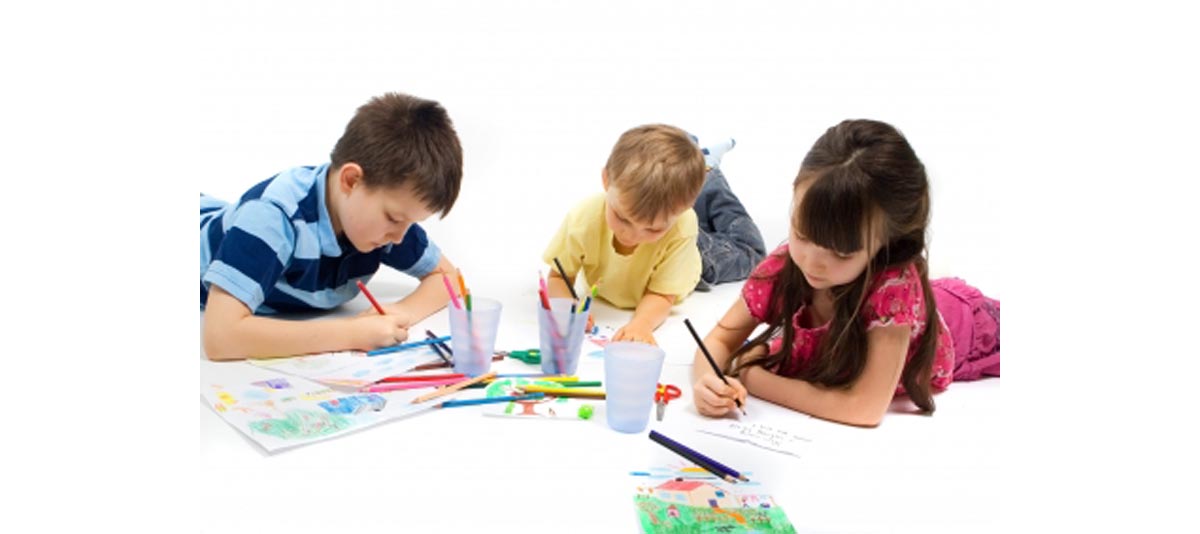Table of Contents
The early years of life are vital for a person's brain formation. A child's brain is not just learning what is taught. It actively absorbs the behavioral clues constantly flowing in from the surrounding world even when we expect it to do so the least. A research study published by scientists from the University of Oregon has even shown that a kid's brain is, essentially, constantly "monitoring" the environment.

The growing brain learns and absorbs new information even when the child is sleeping. Functional MRI studies demonstrate that the brains of sleeping children from those families with a history of problems react to the sound of an angry voice.
The increase in brain activity is observed in the regions of the brain responsible for emotional response and response to stress. The finding is very significant – these are exactly the areas of the brain that were identified to have structural damage in teenagers from troubled families.
In 2011, researchers from Yale University announced their findings that suggest an interesting link between a problematic childhood, brain structure, and later behavioral and emotional problems during adult life. The MRI scans of teenagers who experienced emotional abuse or neglect in early childhood revealed that the regions of the brain involved in the regulation of emotions have a reduced density of cells compared to the kids from more stable and happier families. Many of these affected kids experienced significant problems related to risk taking and impulsive behavior (substances abuse, higher level of aggression, unprotected sex etc.).
Neural connections in a child's brain are not completely formed yet, and the way they get arranged is dictated in many ways by the information that constantly comes in from the environment. This makes the brain, in its early stages of development, very sensitive to any inputs. The brain is literally and physically shaped by these inputs.
The effects of a troubled family environment can be felt much later in life and not only in the behavior of an affected person. Physical health also becomes affected. It was demonstrated, for instance that there is a good correlation between childhood neglect or trauma and increased risk of stroke in adult life.
Trouble induced brain damage is not irreversible
If the negative effects of growing up in an emotionally unstable environment on the developing brain are indeed so profound, it would be reasonable to ask how to address this problem. It seems that if the damage is treated early enough, the changes in the brain are not irreversible. Researchers from Yale University hypothesize that physical exercises can slow down the neglect-related loss of gray matter. At the moment we do not have pharmaceutical treatments that would enable us to target neurological changes directly. Future research in this area might help to develop proper medicines capable to undo the damage of a troubled past. In the meantime, if you are supporting a child with a history of trauma, getting them into therapy as soon as possible is the best course of action.
- Graham, A. M., Kim, H. K., & Fisher, P.A (2012). Partner Aggression in High-Risk Families from Birth to Age 3: Associations with Harsh Parenting and Child Maladjustment. Journal of Family Psychology, 26, 105-114
- Healey, C.V. and Fisher, P.A. (2011) Children in foster care and the development of favourable outcomes. Child Youth Serv. Rev. 33, 1822-1830
- Romer, D. (2010) Adolescent risk taking, impulsivity, and brain development: implications for prevention. Dev.Psychobiol. 52, 263-276
- Schuengel, C., Oosterman, M. and Sterkenburg, P.S. (2009) Children with disrupted attachment histories: Interventions and psychophysiological indices of effects. Child and Adolescent Psychiatry and Mental Health 3, 26
- Photo courtesy of fiskfisk on Flickr: www.flickr.com/photos/fiskfisk/492917705

